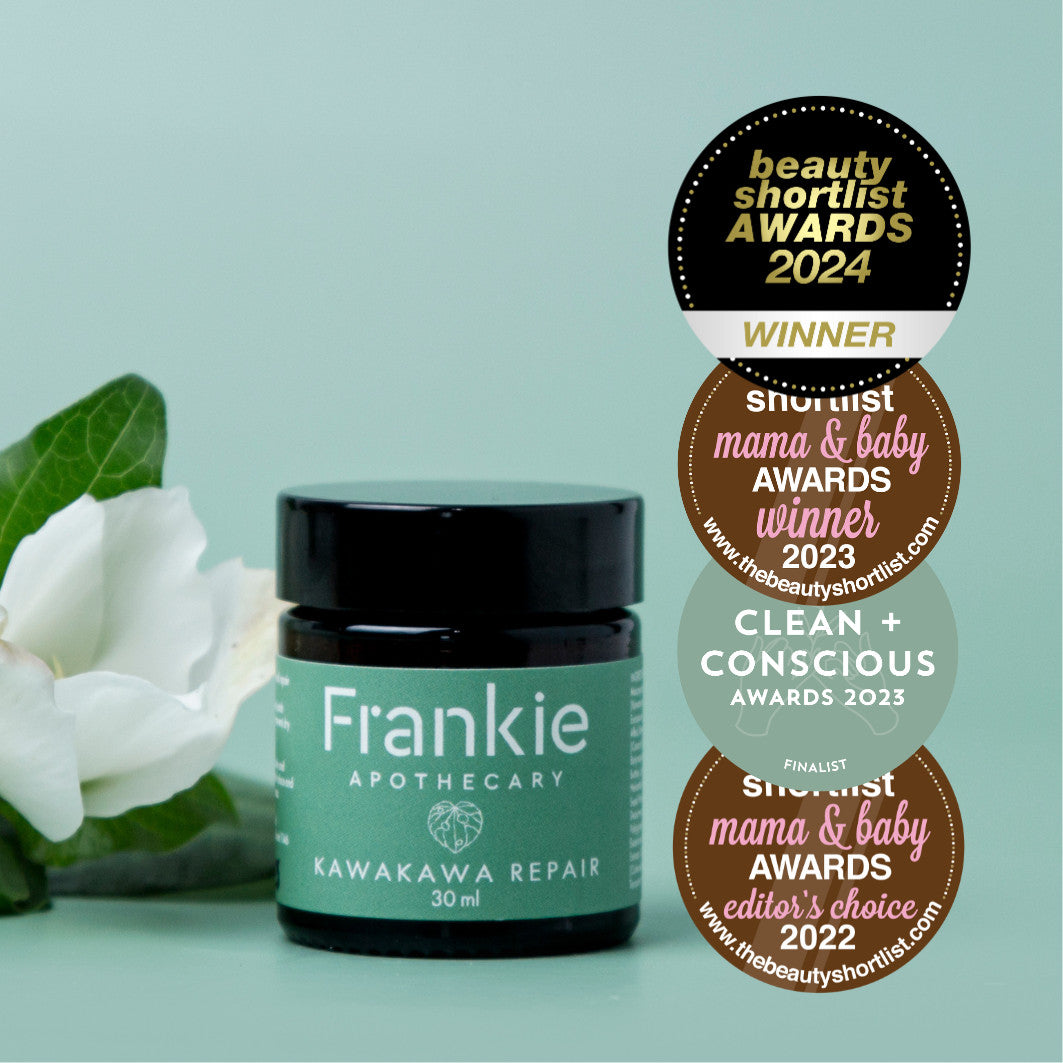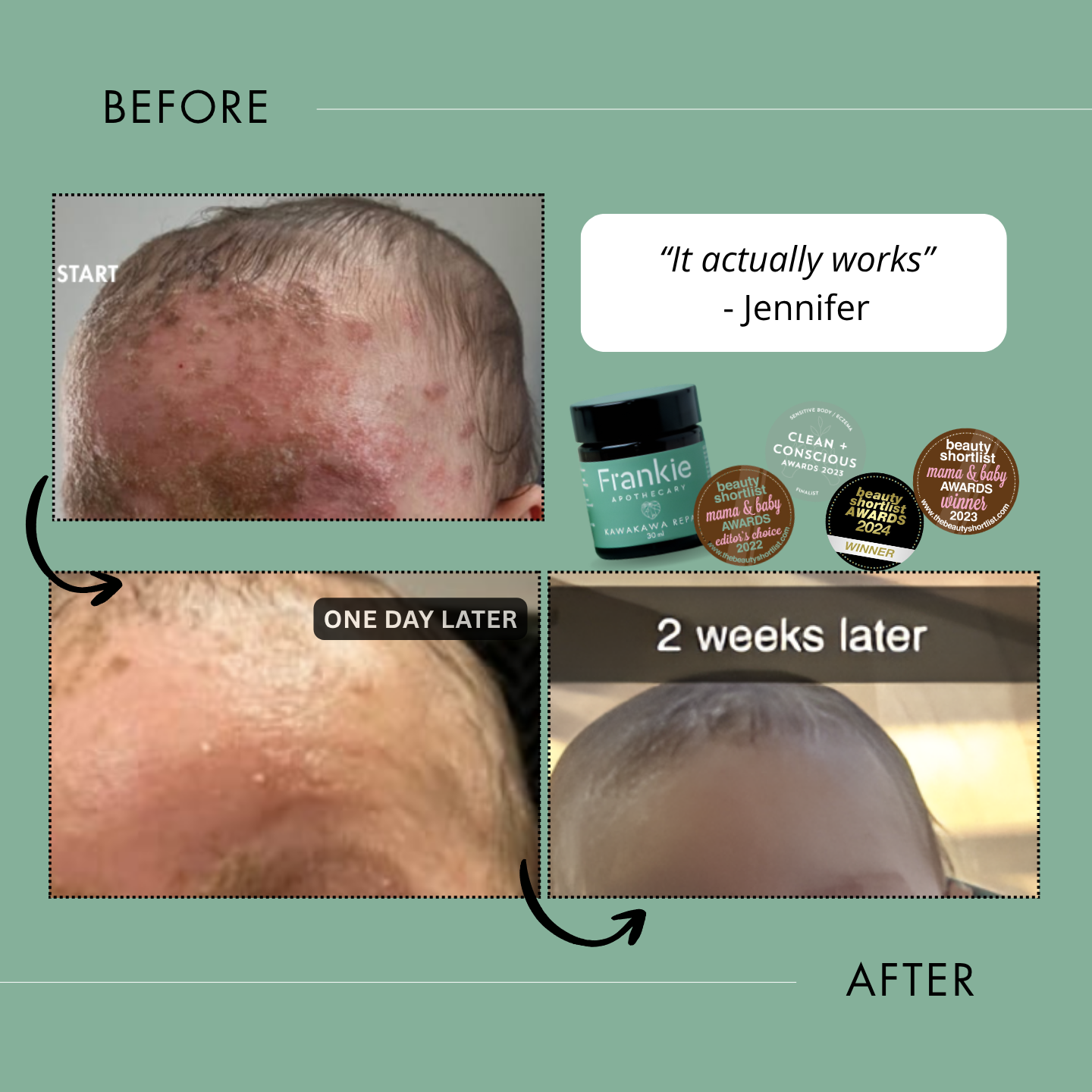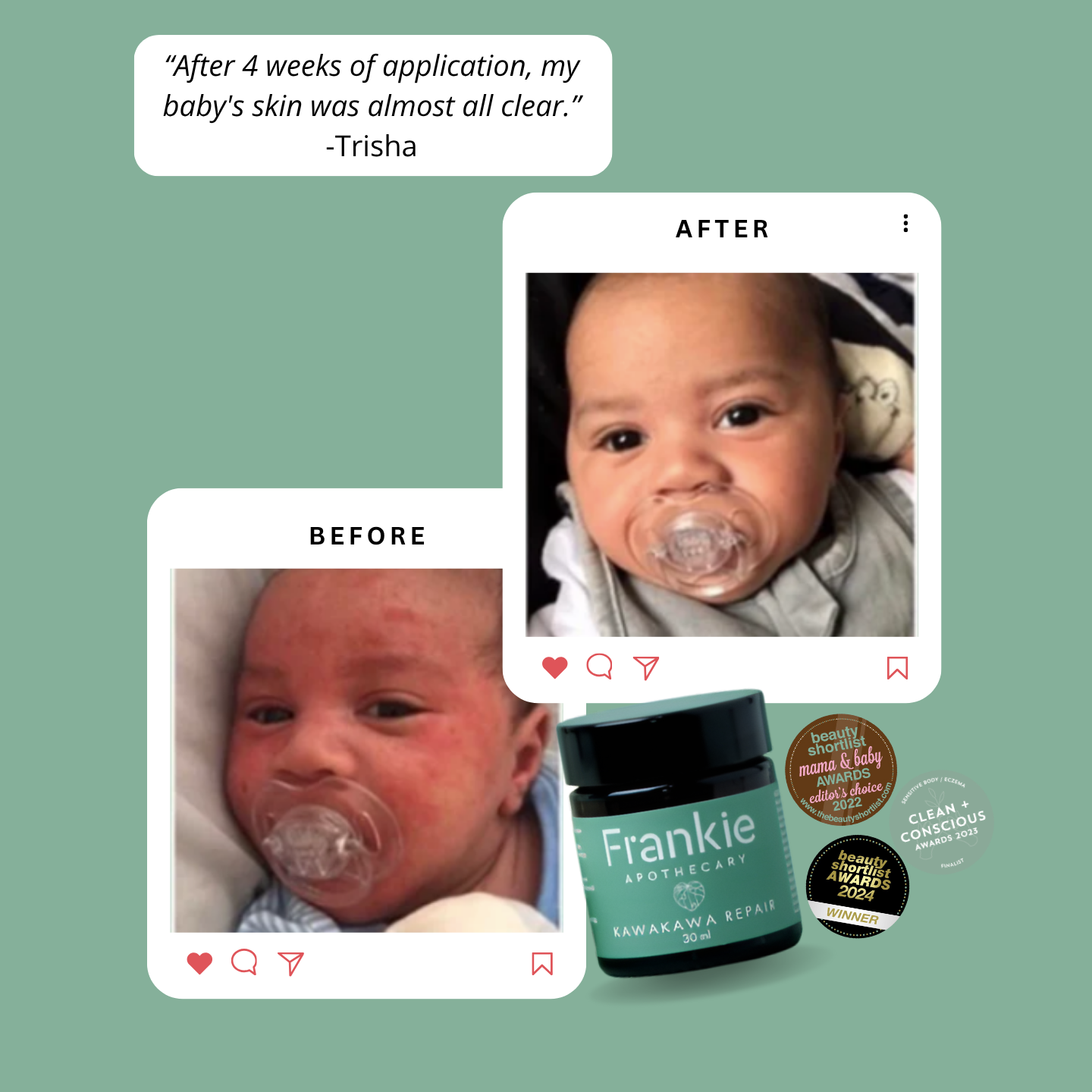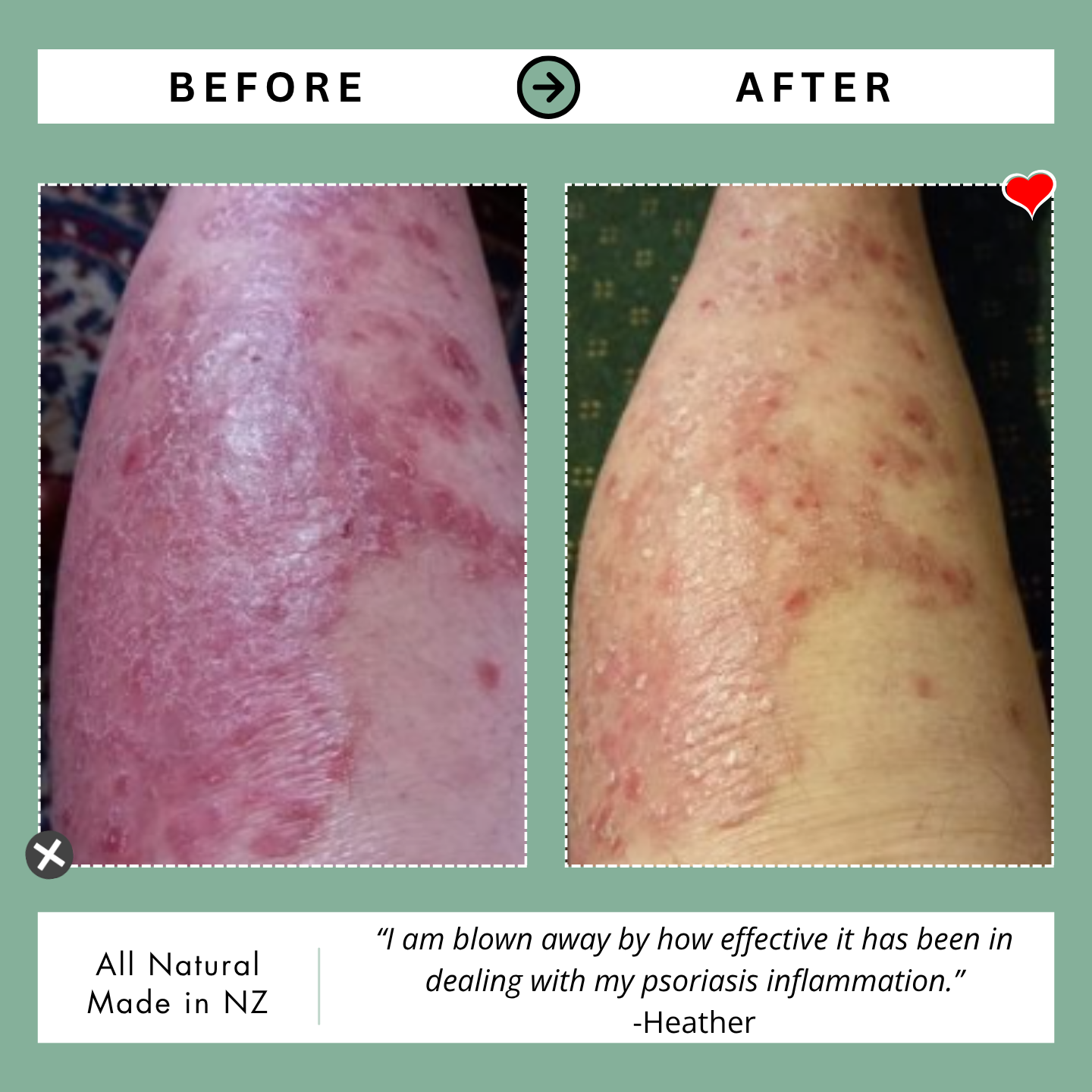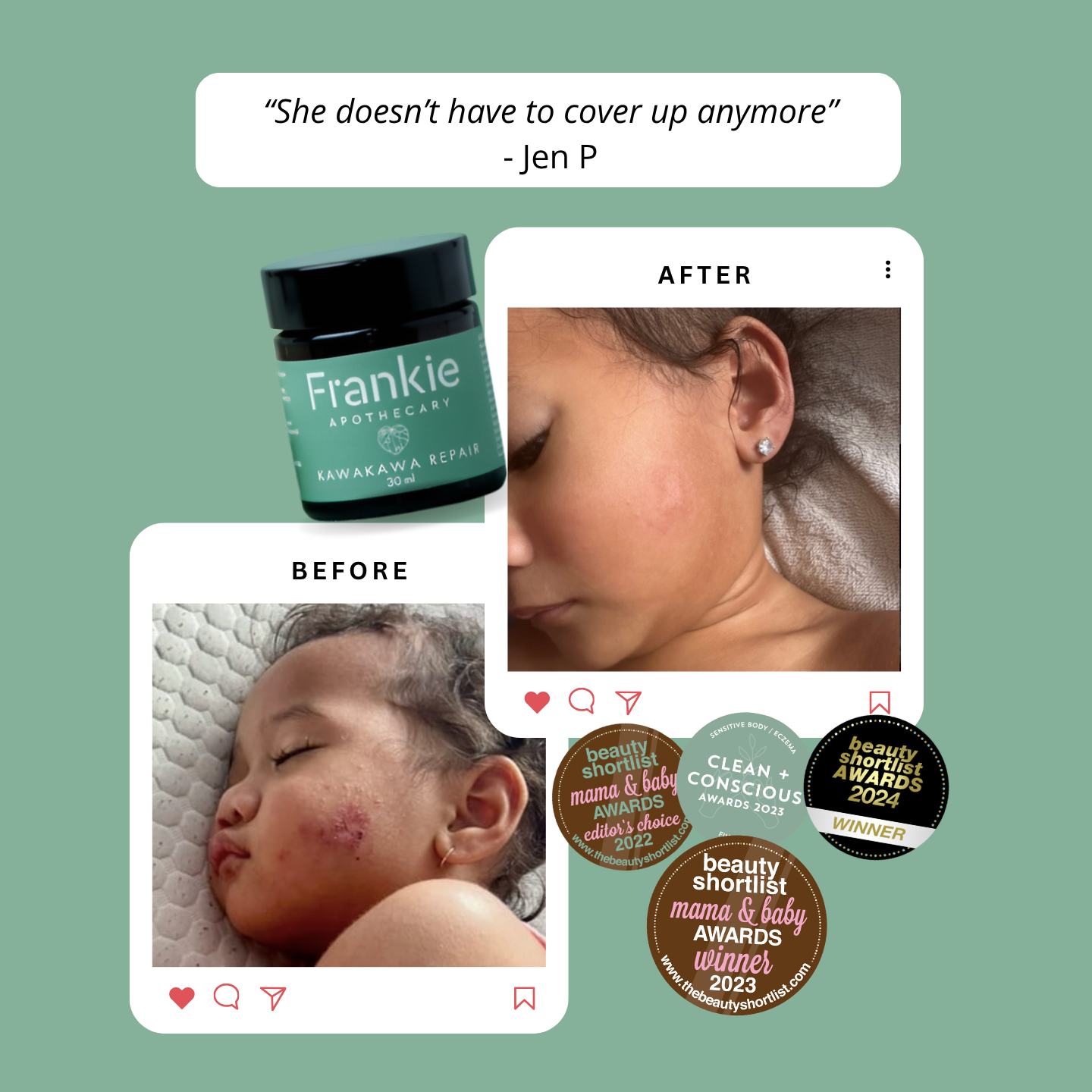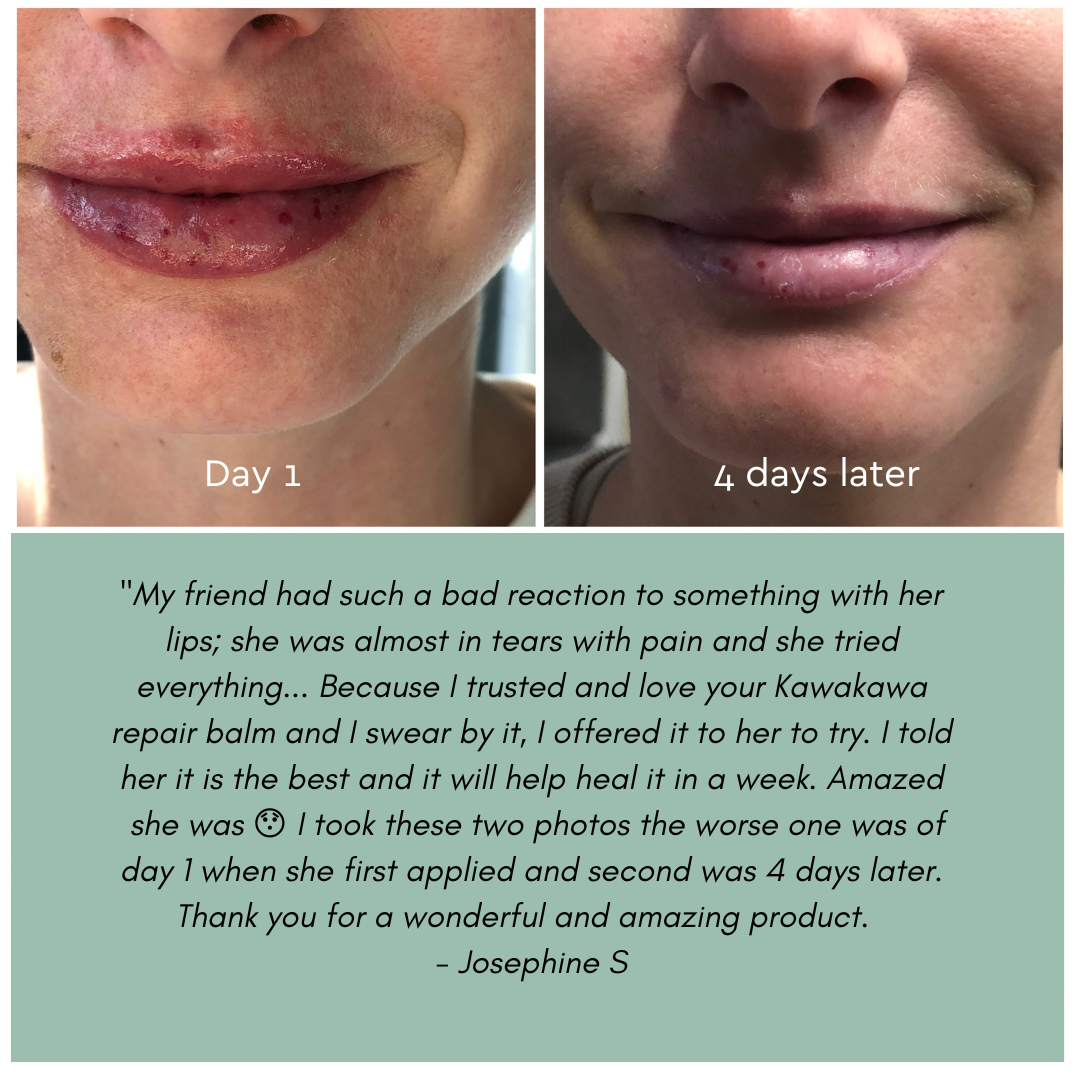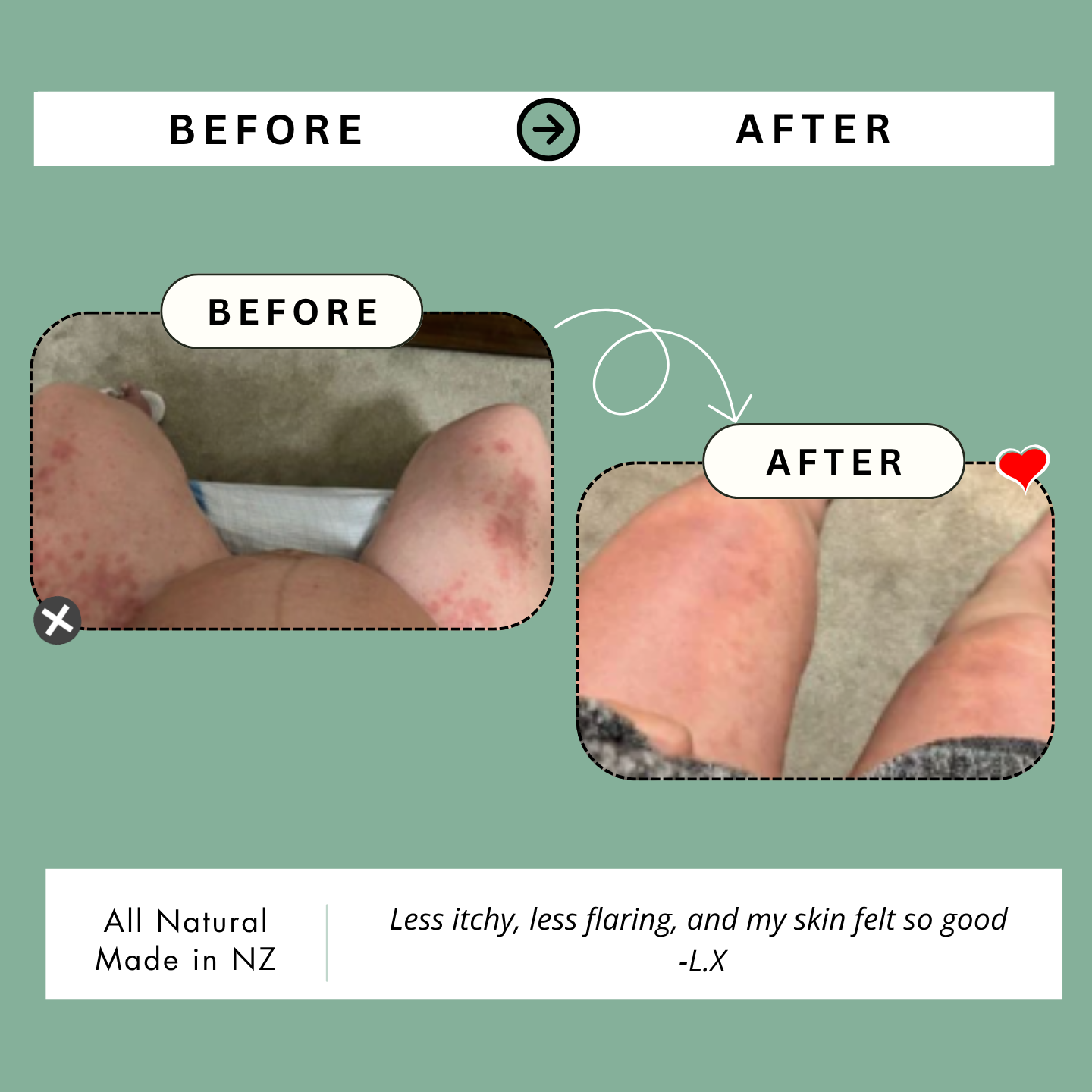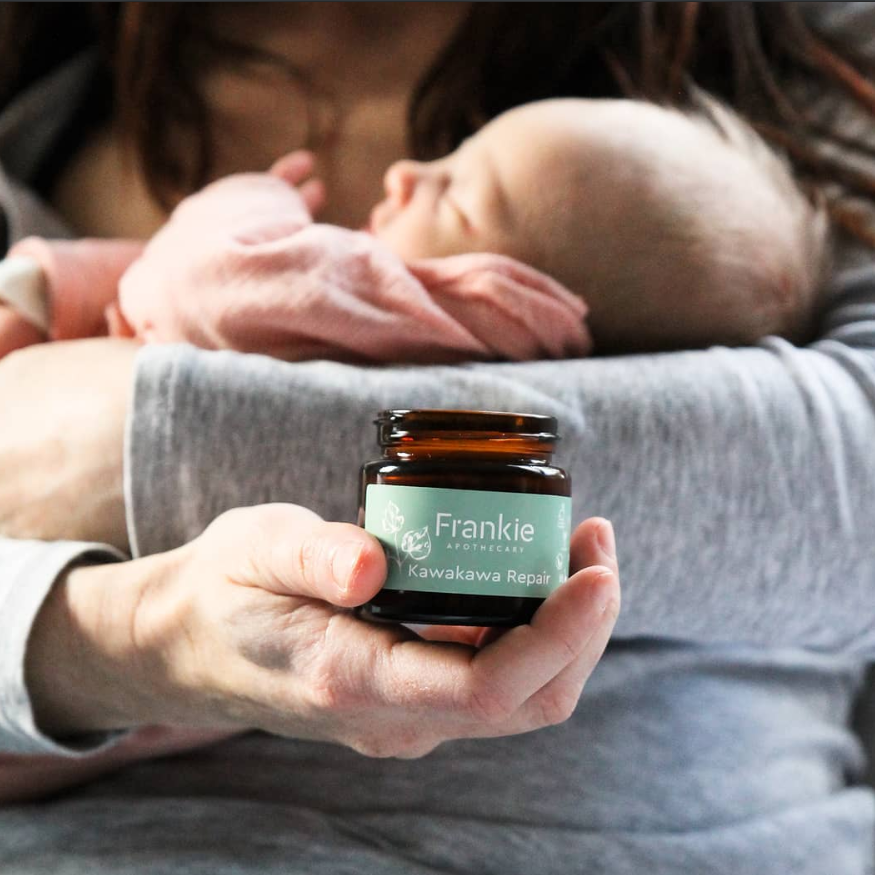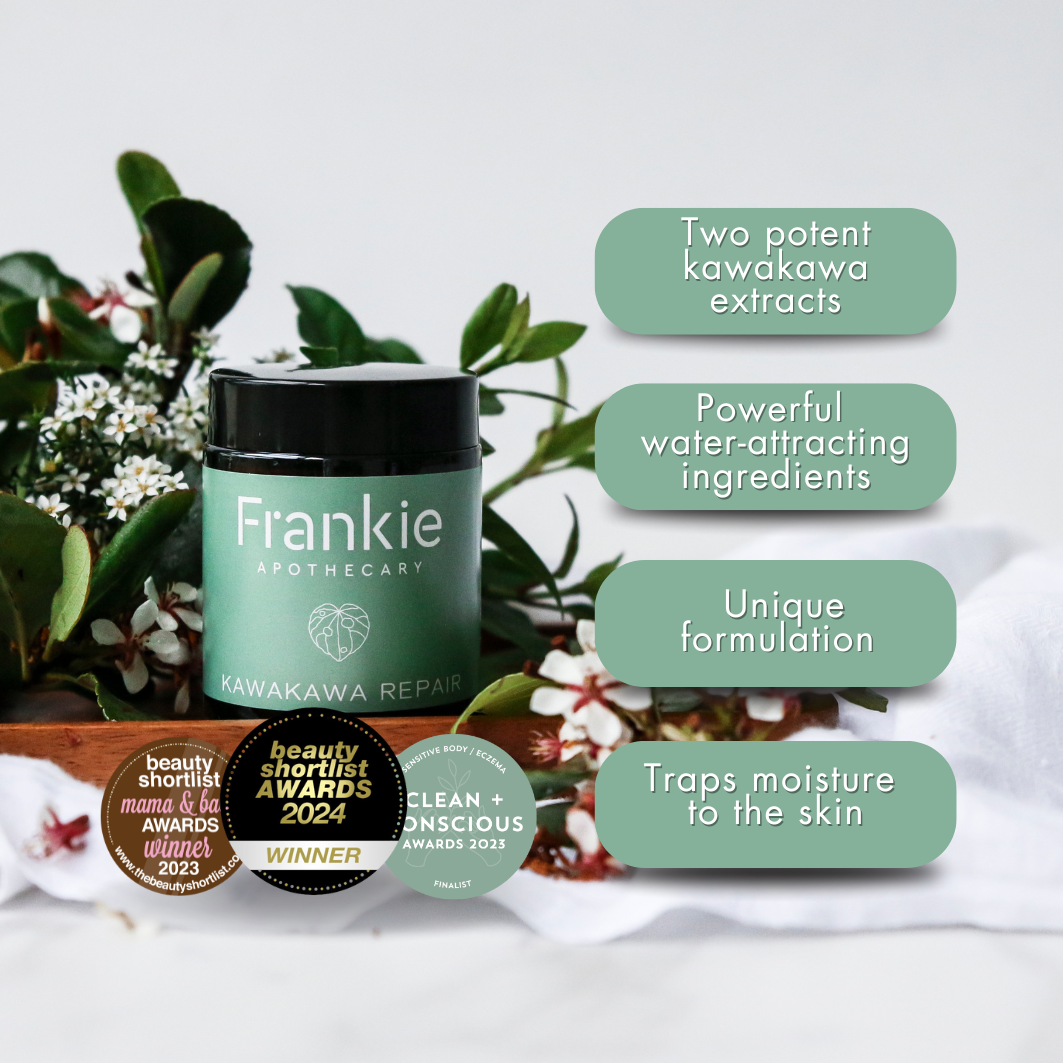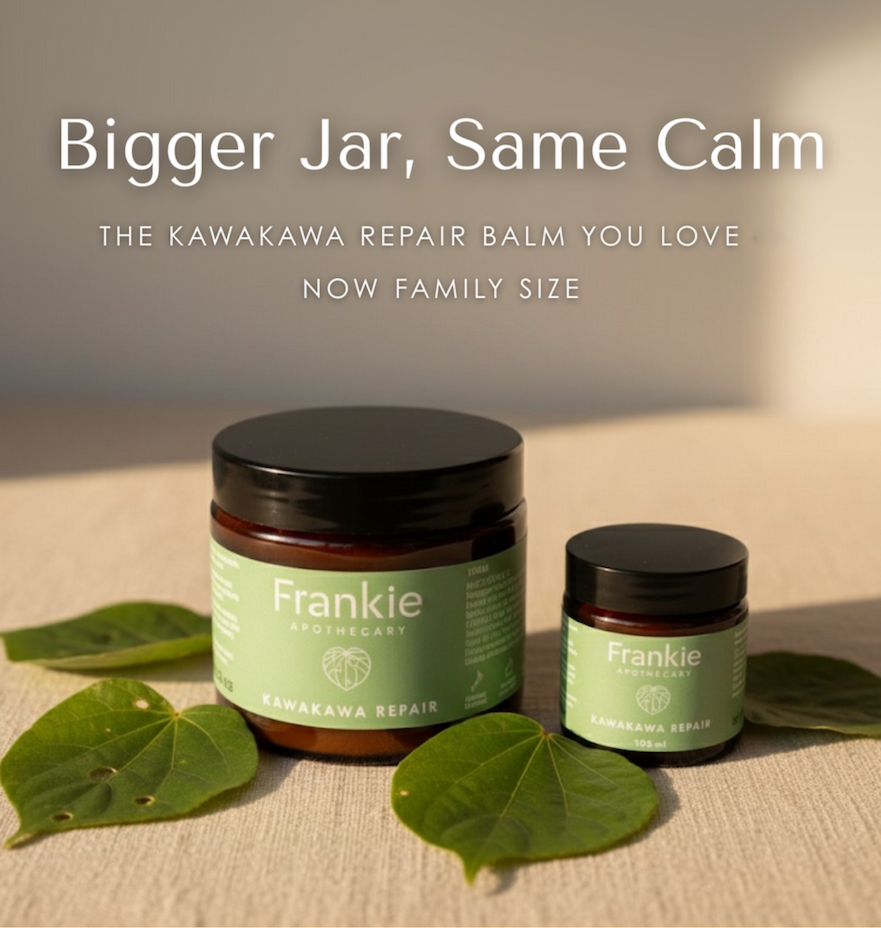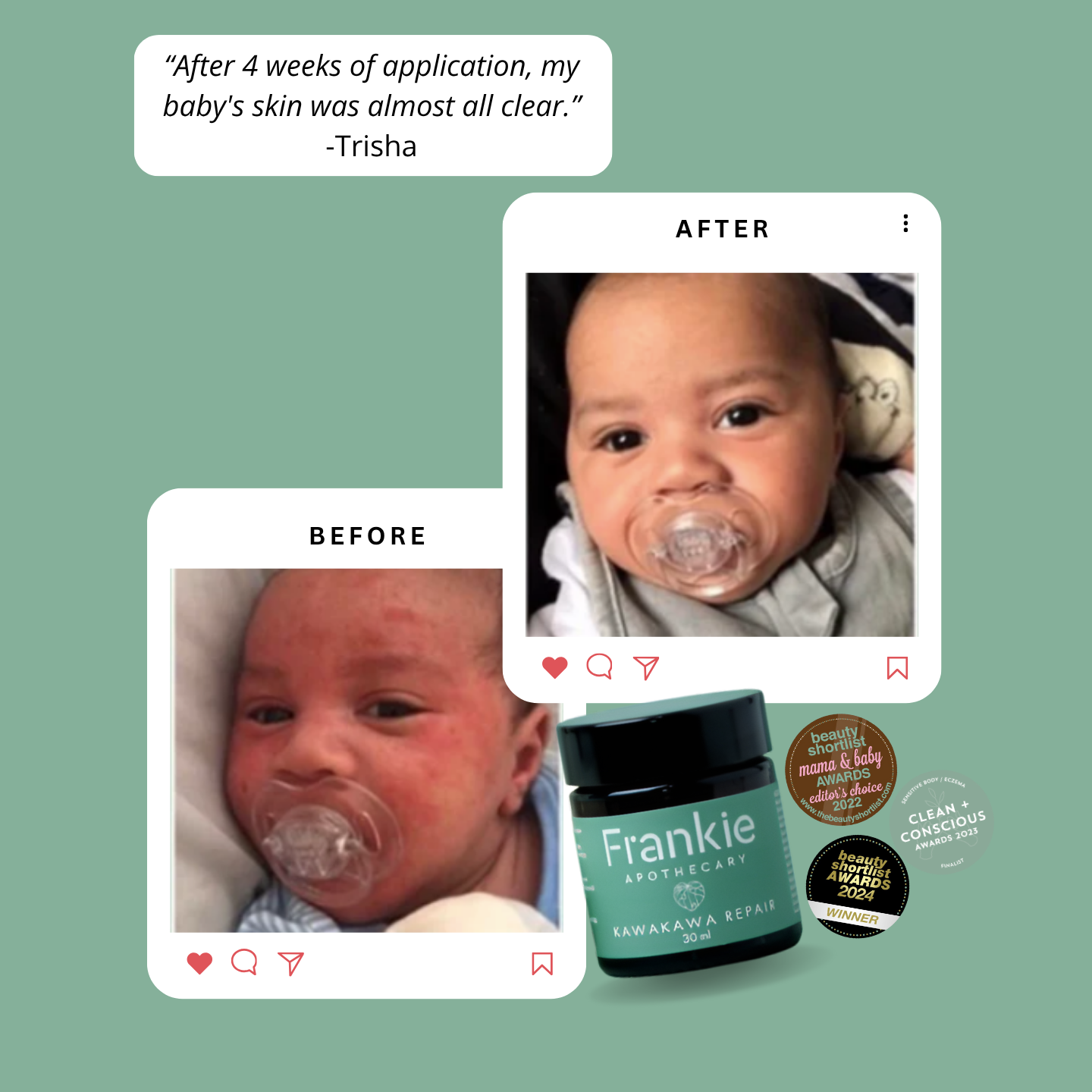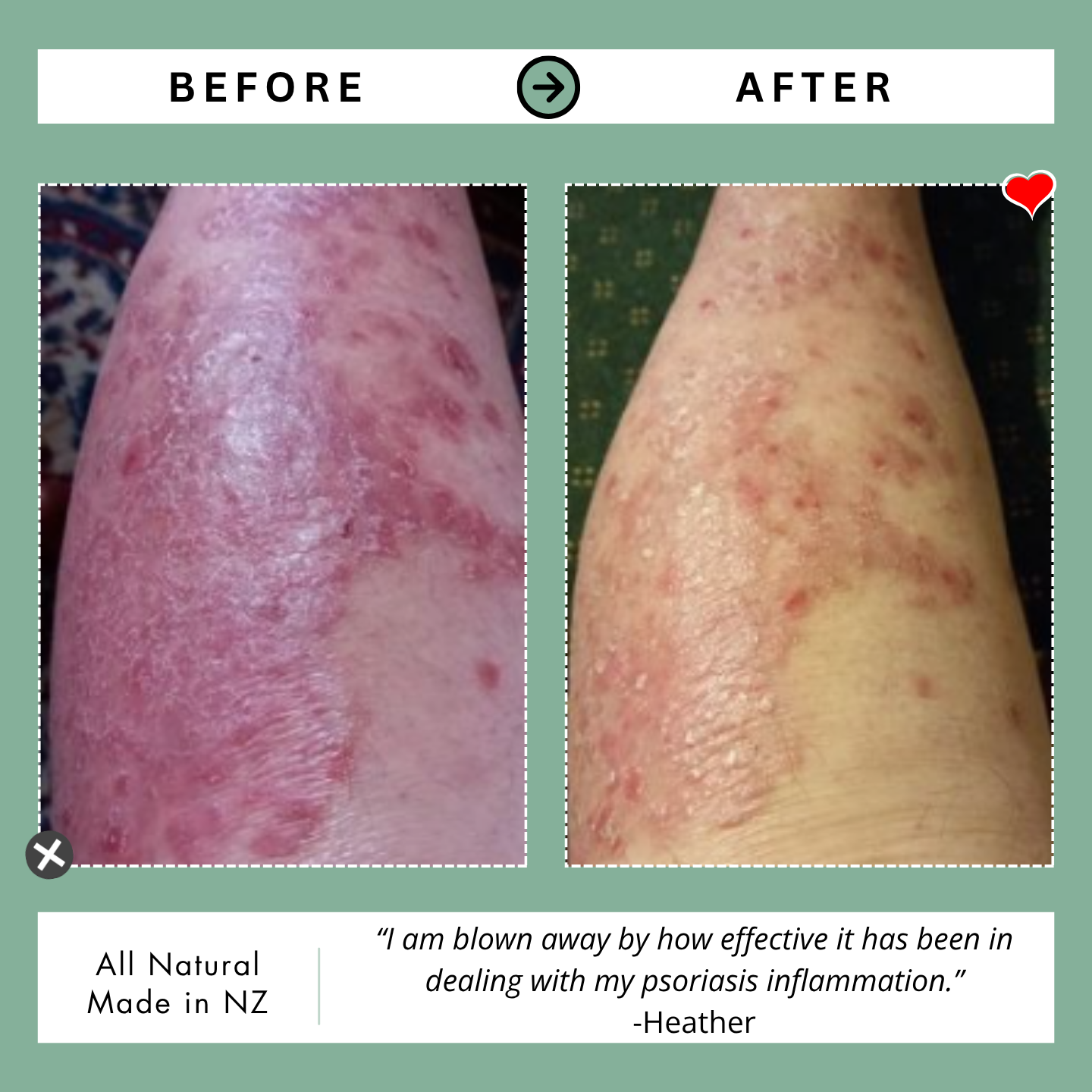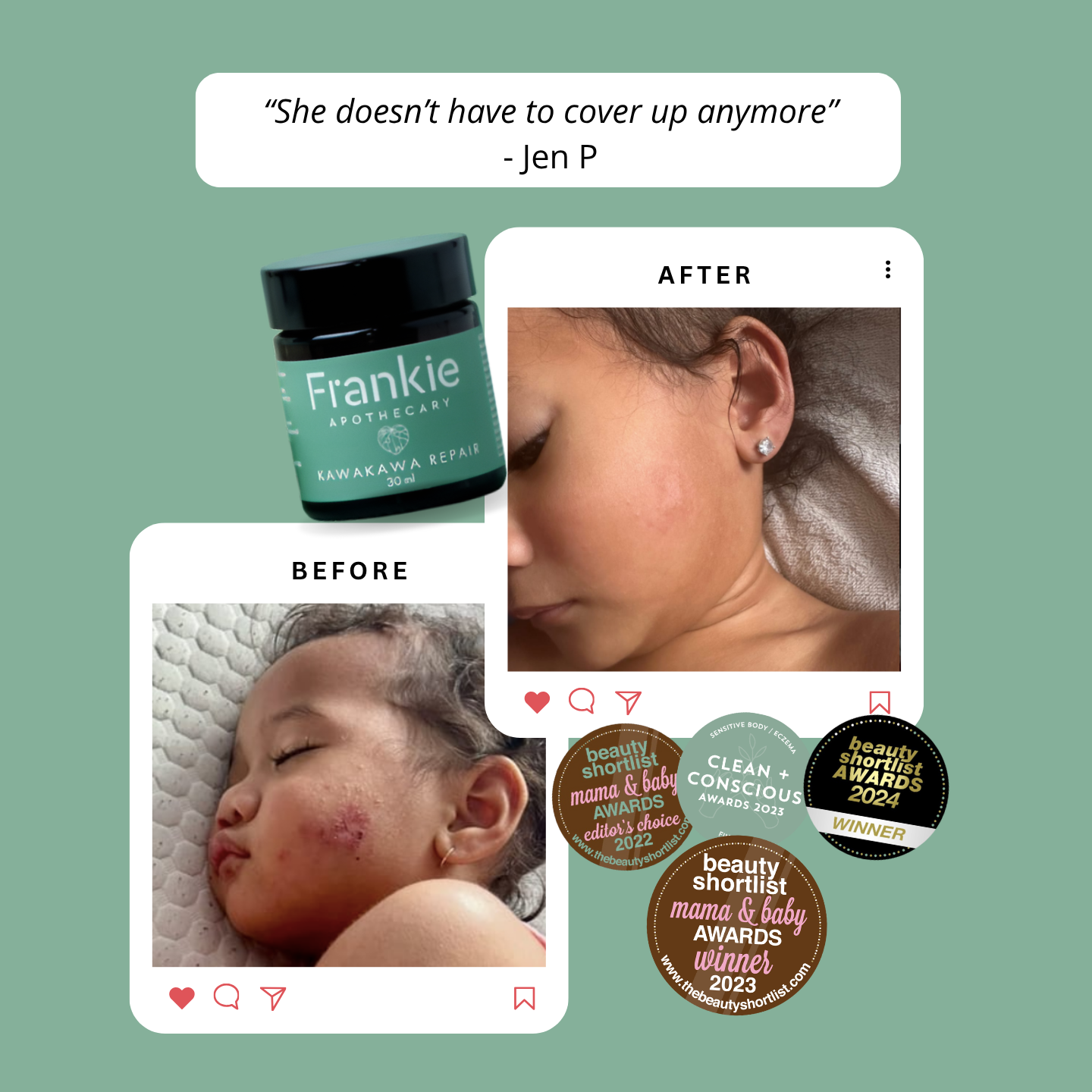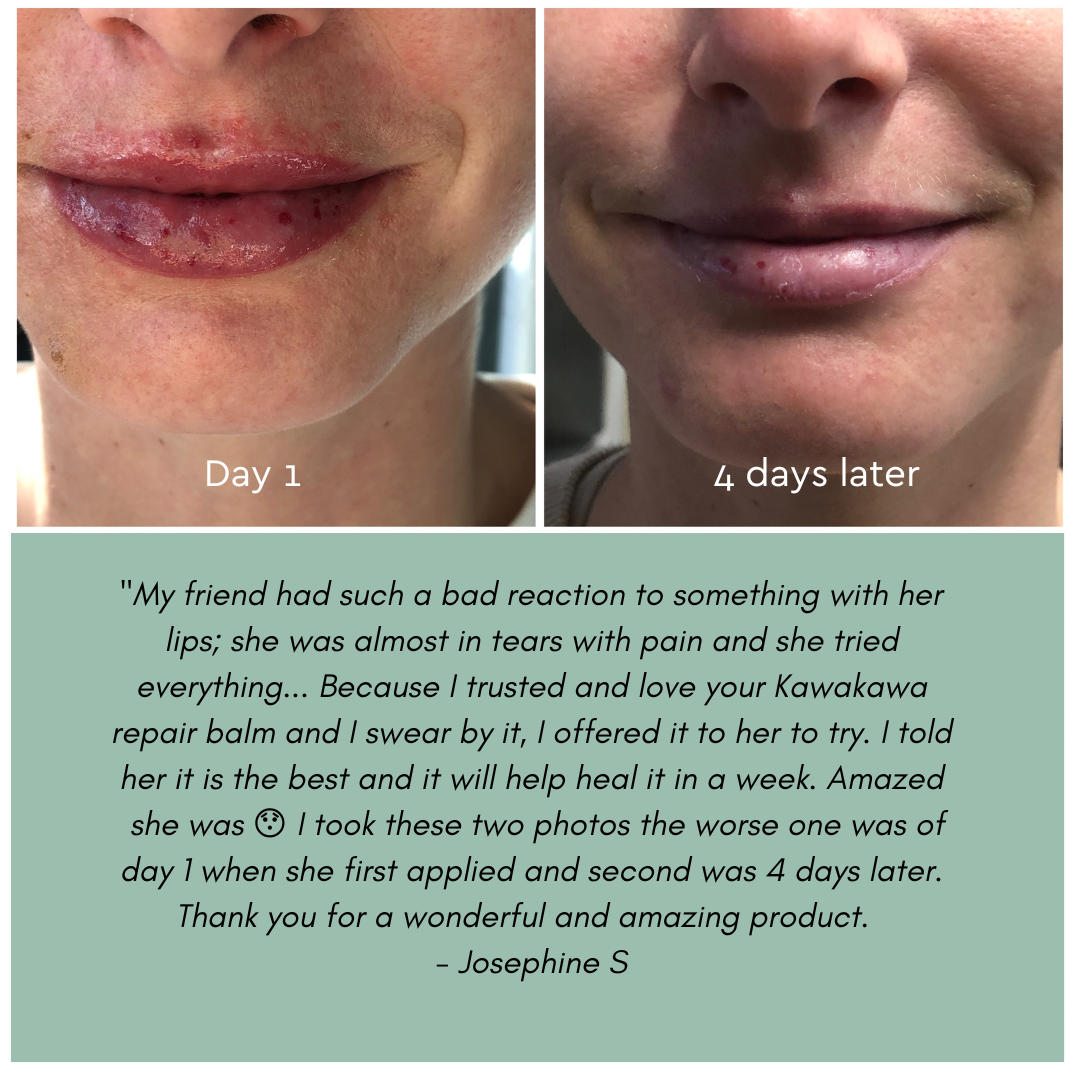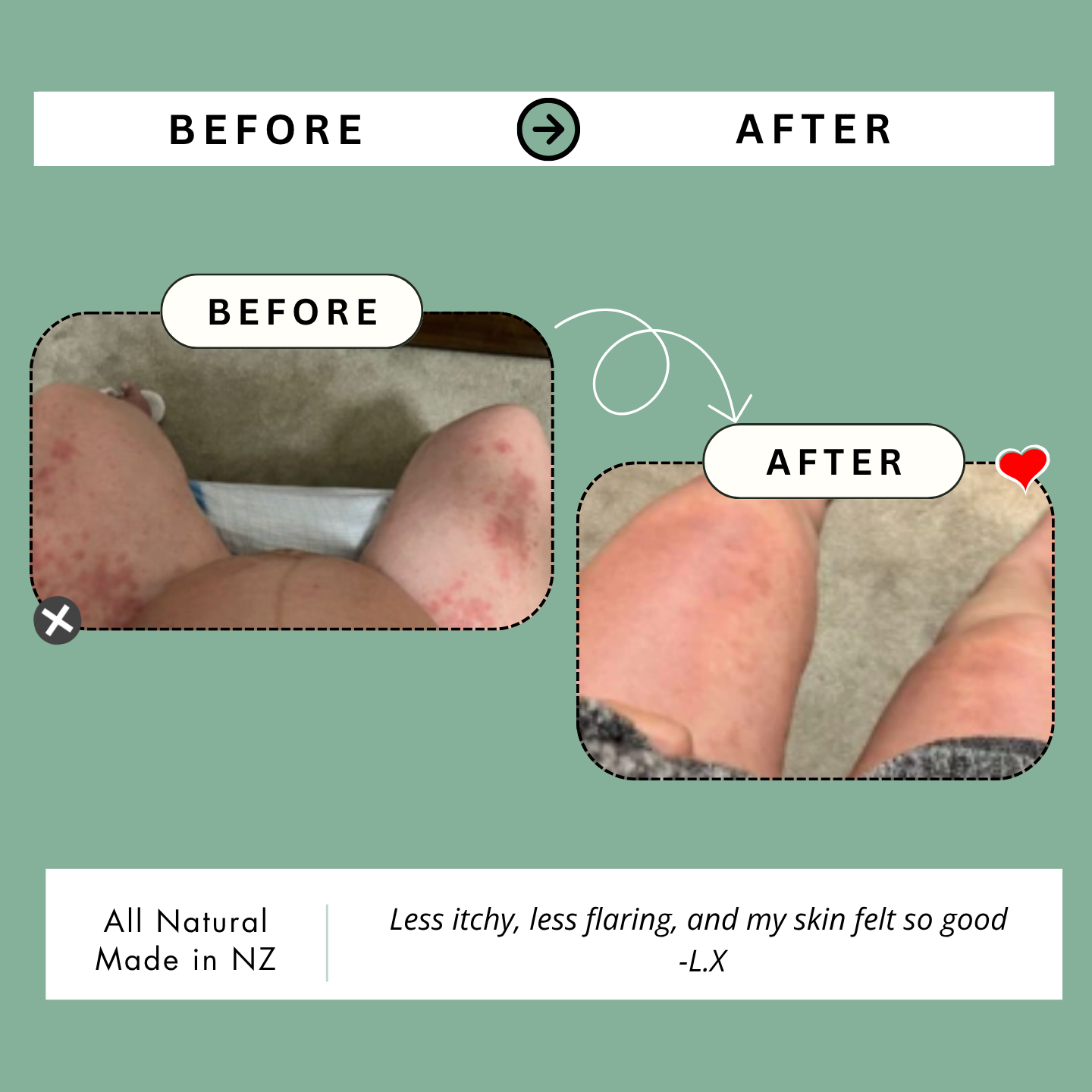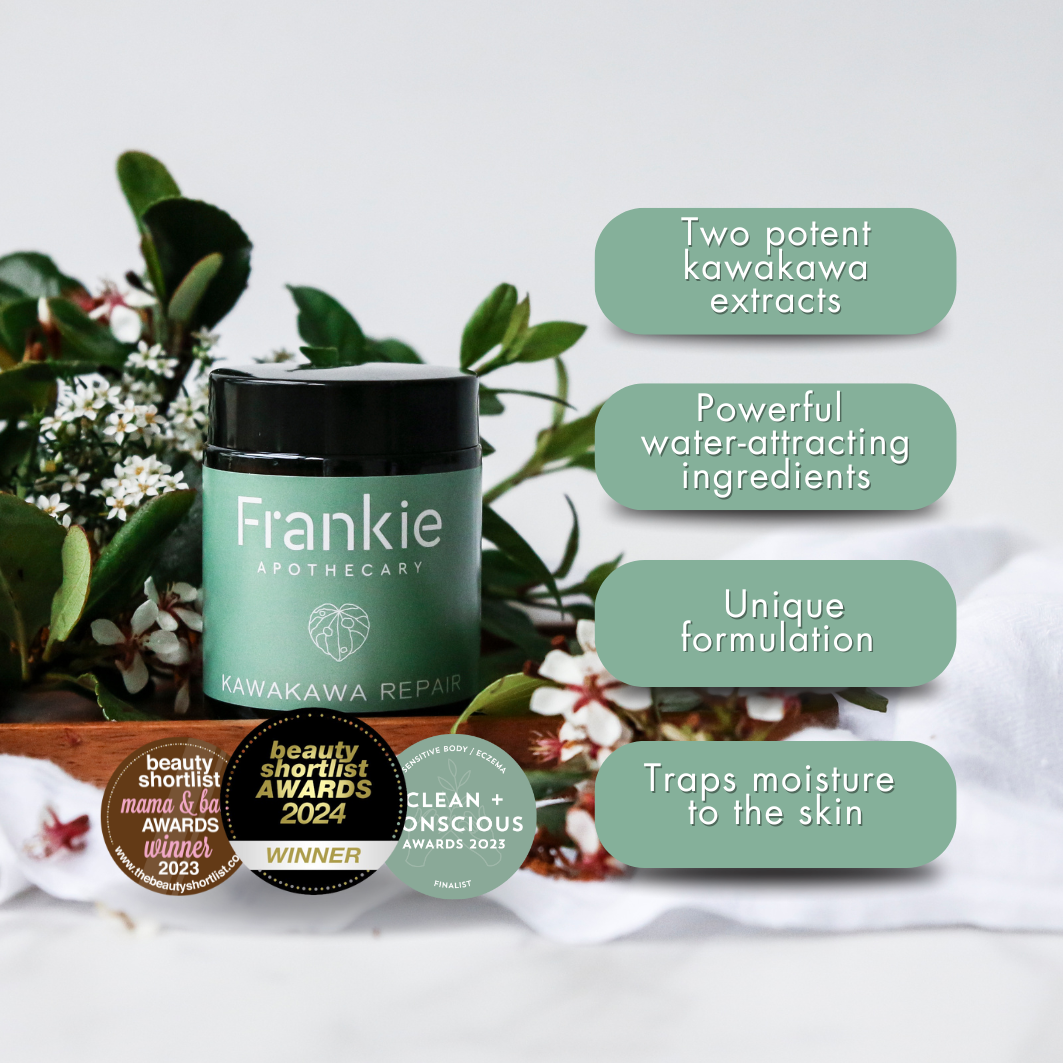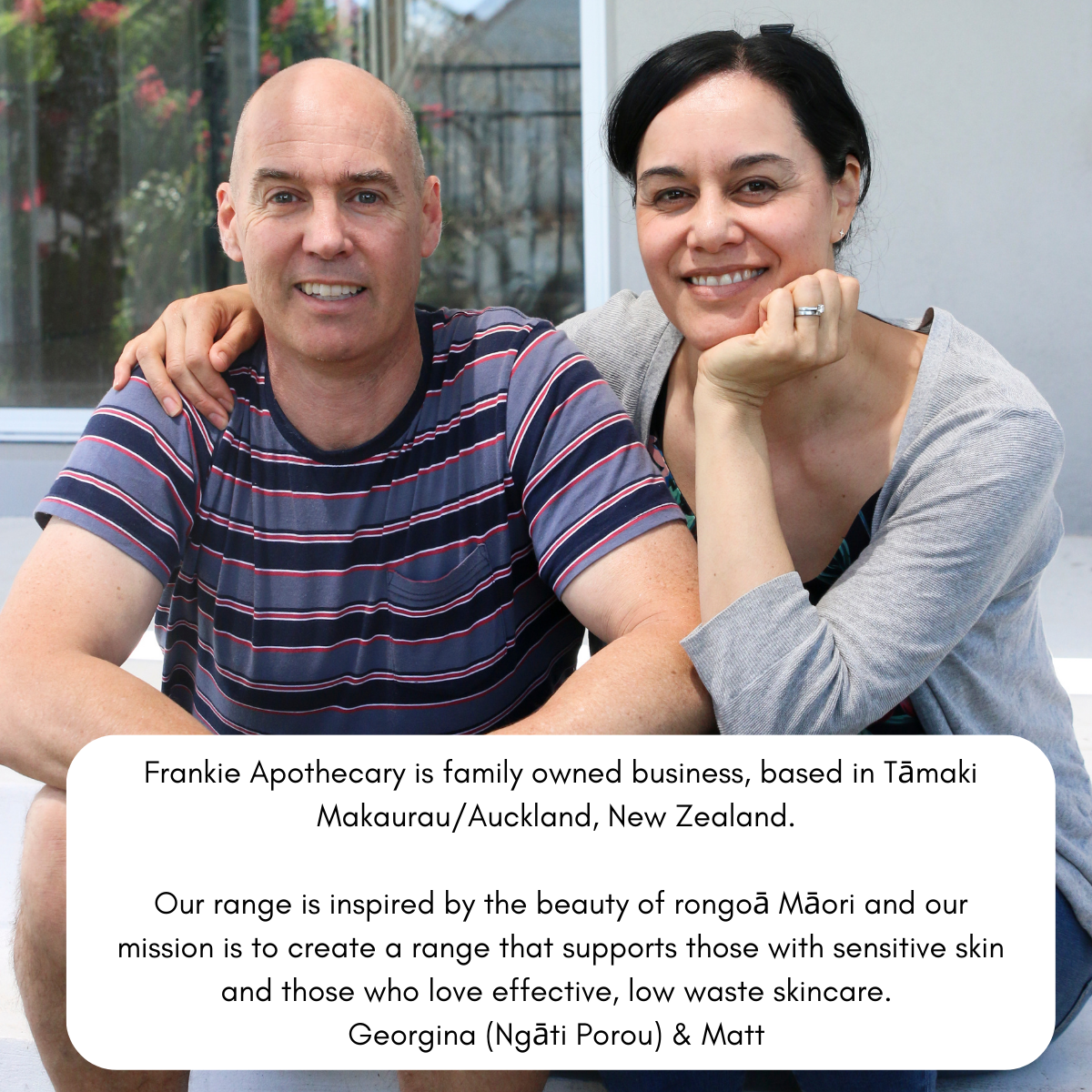If you've been part of the Frankie Family for a while, you may have heard me (Georgina) mention I got a rude awakening when my fertility specialist told me to stop using my chemical sunscreen. The reason: it could be disrupting my hormones!
This was big news to me at the time and pretty astounding. After all, this was a product I bought in a supermarkets of all places. Surely, it should be safe??
Just a year before that, I was in love with scented candles - French Pear was my favourite. Until I read an article while pregnant about the negative effecs of fake frangrances on hormones, and especially the effect on pregnant women and their precious cargo.
My candle habit stopped abruptly.
I get it that it can be overwhelming to try to limit all the nasties in our environment (there are so many!) and it's tempting to throw in the towel altogether and not bother. But there are some simple tips and easy swaps you can make to give your hormones and well-being the best environment to thrive.
But first, a little background.
The story behind 'parfum'
While 100% natural fragrances are made solely from plant-based components like essential oils, 'parfum” is industry shorthand for man-made or synthetic fragrances - and they often contain hidden chemicals that can be harsh on delicate skin. We're going to take a closer look at one of the key chemicals behind that long-lasting scent: phthalates (thah-lates).
What are phthalates-and why should you care?
Phthalates are a group of chemicals used to make plastics more flexible, and help fragrances last longer in products like scented candles, lotions, and perfumes. You’ll find them in everything from vinyl flooring and shower curtains to food packaging and personal care products. In fact, phthalates are so common that most people are exposed to them every day - often without even realizing it.
Why does this matter? Phthalates are known as endocrine disruptors, which means they can mess with your body’s hormone system. This can potentially impact everything from reproductive health to child development. For people with sensitive skin, these chemicals are also known to trigger irritation, allergic reactions, and can make conditions like eczema or dermatitis worse.
It’s hard not to sound alarmist, but research links phthalate exposure to reproductive issues, pregnancy complications, metabolic disorders, and even an increased risk of cardiovascular disease. One study (April 2025) estimated that phthalates contributed to over 350,000 cardiovascular deaths worldwide in 2018.
Some studies have even found that phthalates can be detected in the urine of nearly every person tested, which shows just how widespread exposure is.
Natural defences
The good news is your body is incredible and has some natural defences against toxins in the environment. Interestingly phthalates can be metabolised quickly, however, because exposure is constant, the substances they break down into (called metabolites) are almost always present. This means that even though they don’t build up over time - thankfully - we’re still exposed to them every day.
While it not possible to avoid them completely, but you can take steps to reduce your exposure.
Read the label: If you see “fragrance” or “parfum,” these often hide phthalates. If you absolutely love heady fragrances, look for natural options instead (Neat make gorgeous natural perfumes), or take an 80/20 approach - swap out a couple of products you use all the time for natural alternatives.
Go natural: Choose skincare and personal care products scented with essential oils or labeled as 100% natural fragrance. Brands using real plant extracts are usually proud to list every ingredient. Choose candles made with beeswax or soy (parrafin wax releases more volatile organic compounds as it burns), and try those scented with essential oils. We've spotted this lovely scented candle company Āhuru, who use both essential oils and natural waxes.

Switch to glass: Store food - especially if its hot - in glass or stainless steel where you can, and avoid soft, flexible plastics (like PVC). Old glass jars are super handy and cost effective for food storage.
Eat fresh: Processed foods can be a sneaky source of phthalates through exposure to plastics during manufacturing and processing. Cooking at home with whole ingredients helps cut down your exposure.
Be cautious with kids’ products: Avoid heavily scented products aimed at children and choose gentle, fragrance-free, or naturally scented options instead. Some brands list in their ingredients 'parfum (made with essential oils)' - email them directly and ask if their fragrances are 100% natural as even synthetic fragrances can be made with some essential oils. This is a topic close to our heart here at Frankie Apothecary and we're proud to use 100% natural fragrances in our soothing skincare range.
The bottom line
Life's life and it's impossible to avoid every potential source of phthalates, but a few simple swaps and a little label reading can position you and your hormones to thrive.

At Frankie Apothecary we proudly use100% natural fragrances in our skin-soothing range.
References
Gore AC, et al. EDC-2: The Endocrine Society's Second Scientific Statement on Endocrine-Disrupting Chemicals. Endocrine Reviews. 2015;36(6):E1–E150. https://doi.org/10.1210/er.2015-1010
Hoffman, S. S., Liang, D., et al. (2025). Impact of prenatal phthalate exposure on newborn metabolome and infant neurodevelopment. Nature Communications, 16, Article 57273. https://doi.org/10.1038/s41467-025-57273-z
Hyman S, Trasande L, et al. "Phthalate exposure from plastics and cardiovascular disease: global estimates of mortality and economic burden." The Lancet eBioMedicine. April 29, 2025.
LaKind JS, et al. Bisphenol A and phthalates in thermal paper receipts: implications for human exposure. Environmental Science & Technology Letters. 2018;5(4):222-227. https://doi.org/10.1021/acs.estlett.8b00103
Meeker JD, Ferguson KK. Urinary phthalate metabolites and biomarkers of oxidative stress in a nationally representative sample of US adults. Environmental Health Perspectives. 2014;122(12):1311-1318. https://doi.org/10.1289/ehp.1307909
Sun Y, et al. Endocrine disruption properties of phthalates and bisphenol A: a review of recent research. Environmental Research. 2019;176:108575. https://doi.org/10.1016/j.envres.2019.108575
Trasande L, et al. Phthalates and cardiovascular disease: a systematic review and meta-analysis. Environmental Health Perspectives. 2020;128(9):096001. https://doi.org/10.1289/EHP6235



